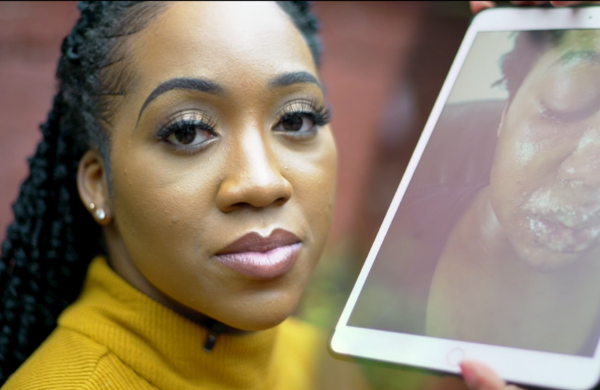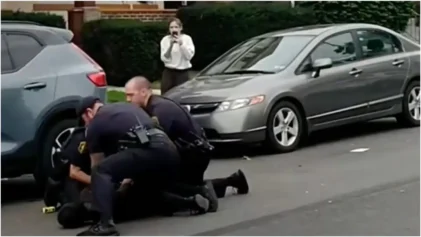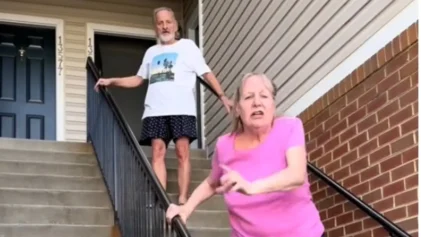A Black woman from the United Kingdom said she went to three different emergency rooms while suffering from a “horrific” skin disease before receiving treatment because doctors didn’t think her symptoms were severe enough.
Kanayo Dike-Oduah, 27, told BBC that it was only when she was seen by a doctor with darker skin that she was finally admitted to the hospital. “I feel failed,” she said.
“They literally said, ‘If you hadn’t come today, you would have died,’” Dike-Oduah recalled.

About a year ago, she first came down with symptoms of a rare skin disorder called Stevens-Johnson syndrome. The disease carries a mortality rate of up to 50 percent in severe cases. It is most often a reaction to medications and starts with flu-like symptoms before progressing to spreading painful rashes and blisters.
Dike-Oduah had been taking carbamazepine, a medication Black and Asian women often have a bad reaction to, but she said doctors at the initial emergency rooms didn’t take her medical history. The medication was prescribed following a wisdom tooth extraction, but Dike-Oduah said she wasn’t warned of the side effects when it was administered.
She described her reaction to the drug as “horrific.” Images show that in a matter of days, severe swelling and pus spread across Dike-Oduah’s face.
She said she had gone to two different emergency rooms within three days but was sent home without the condition being recognized.
“My symptoms did not look severe enough to them,” said Dike-Oduah. “It was almost like I had to fight for my needs and for my pain.”
When she entered the third emergency room by the third day of the flare-up, she collapsed.
“As soon as I stepped in those A&E [Accident and Emergency] doors, my body just gave up. And they had to resuscitate me.”
Dike-Oduah’s third trip to the hospital occurred after she sent a picture of her face to her sister, who showed it to a person at a pharmacy who said, “You need to get that person to a hospital.”
“It was only when I went to this third hospital where there was a consultant that looked like me and that could identify that this woman was in severe pain and this is not how she looks normally,” Dike-Oduah said.
She said she recognizes that she isn’t the first Black woman who has been turned away in a health care setting and said its a problem that doctors aren’t taught what certain diseases look like on non-white skin.

A spokesperson for The British Association of Dermatologists said “Educational leaders need to ensure that diversity of patient population is embedded into all education material. … Dermatology in the U.K. has historically been very European centric because it was established as a medical specialty in the 18th century and we need to modernize.”
To combat the inadequate training, London-based medical student Malone Mukwende created a handbook I last year called “Mind The Gap,” which features images and descriptions of clinical signs and symptoms in Black and brown skin.
“There was a lack of signs and symptoms on Black and brown skin… and I didn’t understand why we weren’t getting taught the full spectrum of people. I’d ask people for answers and I couldn’t get the answer… I decided I needed to do something to challenge this issue myself,” the St. George’s University medical student said last year.
Since its publication, the handbook has been published in at least 102 countries.


